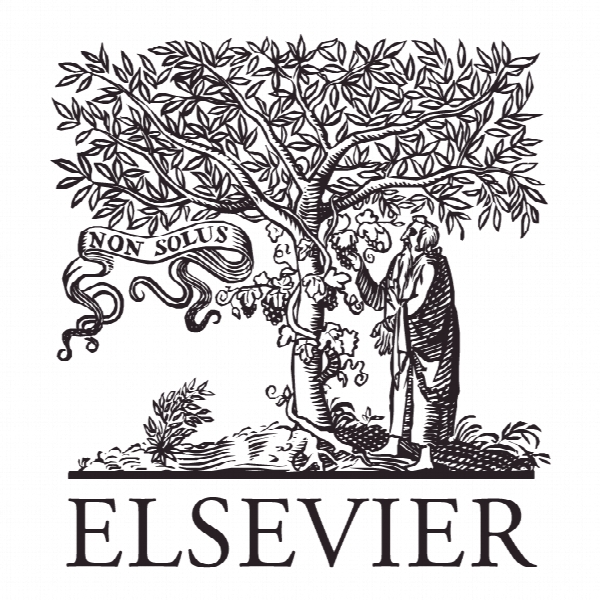روابط عمومی به عنوان یک هوش استراتژیک برای قرن بیست و یکم: زمینه ها، اختلافات و چالش ها Public relations as a strategic intelligence for the 21st century: Contexts, controversies, and challenges
- نوع فایل : کتاب
- زبان : انگلیسی
- ناشر : Elsevier
- چاپ و سال / کشور: 2017
توضیحات
رشته های مرتبط علوم ارتباطات اجتماعی
گرایش های مرتبط روابط عمومی
مجله بررسی روابط عمومی – Public Relations Review
دانشگاه وایکیتو، نیوزیلند
نشریه نشریه الزویر
گرایش های مرتبط روابط عمومی
مجله بررسی روابط عمومی – Public Relations Review
دانشگاه وایکیتو، نیوزیلند
نشریه نشریه الزویر
Description
1. Contexts: contemporary life, uncertainty, and risk Since at least John Kenneth Galbraith’s (1977) publication of The Age of Uncertainty, the notion of uncertainty was considered as an identifying characteristic of the late 20th century. Briefly disputed by Alan Greenspan’s (2008) nomination of the present as The Age of Turbulence in the 21st century, uncertainty remains a strong post-2000 contender. This is visible in two ways. The first is by the range and number of book titles, or subtitles, containing “age of uncertainty”: Weick and Sutcliffe’s (2007) Resilient Performance in an Age of Uncertainty; Bauman’s (2007) Living in an Age of Uncertainty; Nowotny, Scott, and Gibbons (2001) Knowledge and the Public in an Age of Uncertainty; and Broocks (2013) Evidence for God in an Age of Uncertainty. f Uncertainty. Uncertainty’s claim to Zeitgeist properties is reinforced by the rise of “risk” as counterpart term for characterizing the present age. Risk supports uncertainty’s claims because the two terms are, as in Bammer and Smithson’s (2009) Uncertainty and Risk collection, so frequently linked. Risk owes much to its foregrounding by Ulrich Beck’s (1992) notion of risk society which is founded on the tensions of the uncertainties of risk. That alone was prominent enough to make risk a candidate for capturing a key essence of contemporary life – even Greenspan (2013) implicitly acknowledged this priority by inserting “Risk” rather than “Turbulence” into his later book title. Risk sharpens the edge of the notion of turbulence. Despite these recent manifestations, it is useful to contextualize risk and uncertainty as ancient concerns at many levels. Both are central to the human condition and predictive of survival and societal viability at the most primitive (and contemporary) levels. Humans have long wondered about creation, what happens after death, and the problematics of daily life: from what sources of food can be readily obtained to how long will children (or parents) live? Such uncertainties, manifested by terrorism in this century, include the prospect of ideologically and psychologically motivated violence. These are a minute few of the uncertainties that couple the discipline of risk with matters of chance. (As in the case of Divine Right of Kings, the assumption was that by birth, survival, or military victory, God individually chose and empowered monarchs; ironically, herein occurred the great battle between church and state reconciled by at least one monarch who claimed to be both.) A world without predictability is too entropic for people to accommodate. Thus, among other conceptual/cognitive and language/symbolic tools are those available as narratives.


